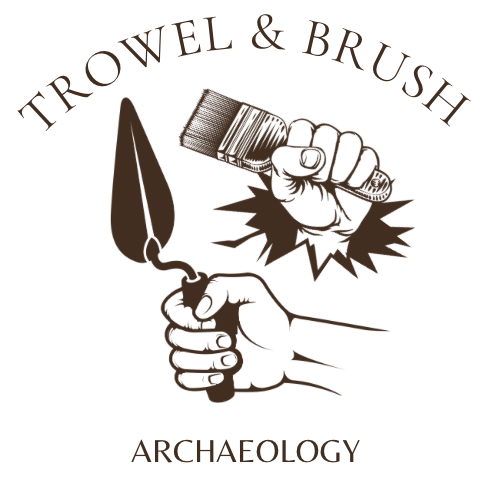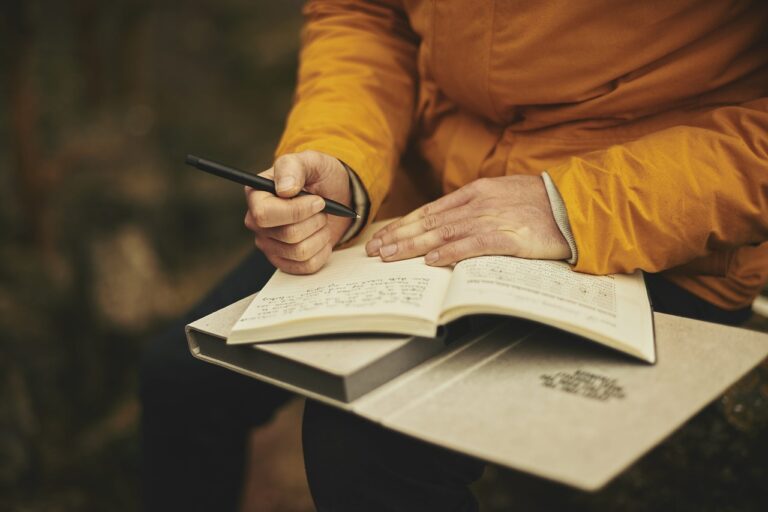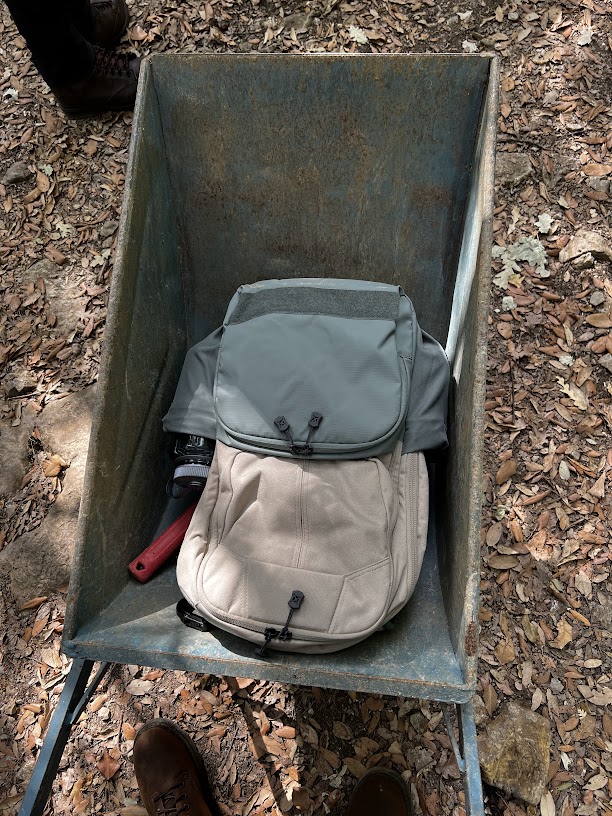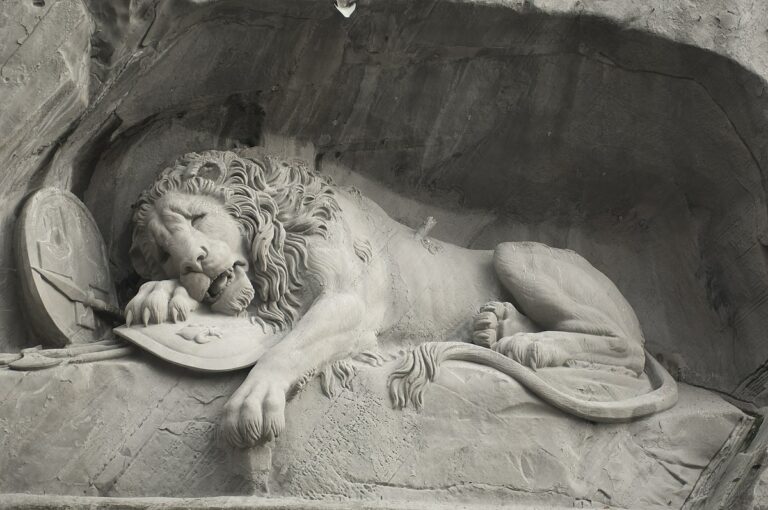The Ultimate Archaeology Gear Checklist
Archaeology is an adventurous discipline that bridges the past with the present.
The right archaeology gear not only ensures the safety of archaeologists but also the integrity of the site and artifacts they study.
While there’s a lot of overlap, gear can differ depending on whether you’re doing Cultural Resource Management (CRM) archaeology or Academic Archaeology.
Let’s delve into the essentials for each!
CRM (Cultural Resource Management) Archaeology Gear:
CRM Archaeology, often termed as “contract archaeology”, involves archaeological surveys and excavations ahead of construction or land development. CRM archaeologists often work under tight schedules, requiring gear that is versatile, rugged, and portable.
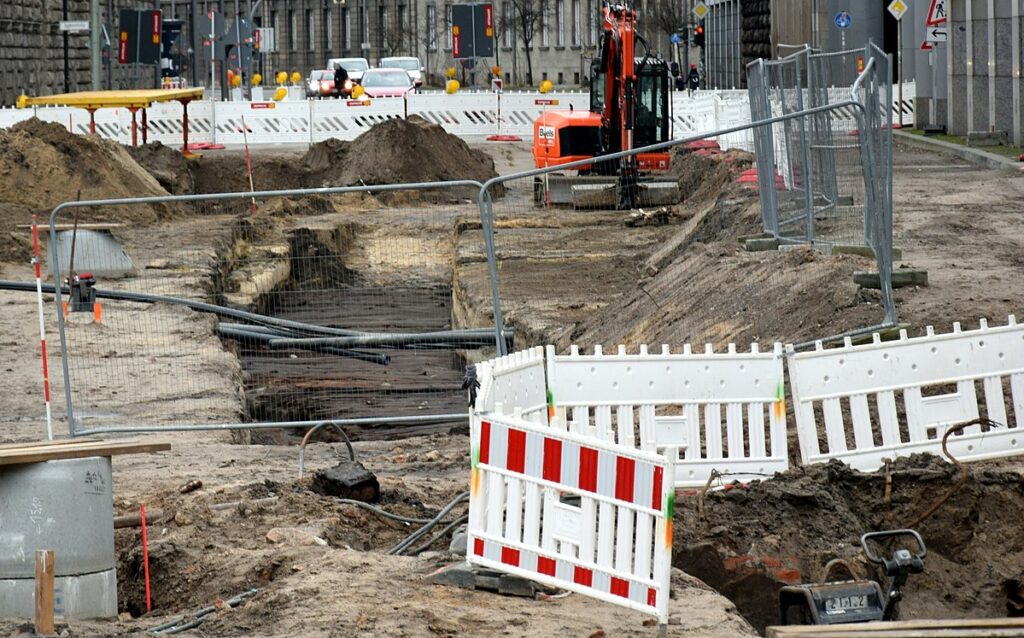
Essentials:
- Survey Flags & Stakes: To mark sites and specific points of interest.
- Tape Measure & Folding Ruler: For accurate measurements.
- Munsell Soil Color Chart: To describe and classify the soil.
- Shovel & Trowel: For excavation.
- Screening Equipment: For sifting through soil to find artifacts.
- Field Notebook & Waterproof Pen: To jot down site details.
- GPS Device: For precise site location documentation.
- Digital Camera: To capture the state of the site, trench profiles, and finds.
- Safety Gear: Hard hats, vests, and safety glasses especially if near construction sites.
Tips:
- Durability over Style: Opt for gear that’s rugged and can withstand harsh field conditions.
- Digital Backup: Ensure you back up digital data daily, considering the temporary nature of CRM sites.
- Hydration: Carry a durable water bottle. CRM sites can often be remote, and staying hydrated is crucial.
Academic Archaeology Gear:
This kind of archaeology is often carried out for research purposes. Academic archaeologists tend to have more time to excavate and study a site.
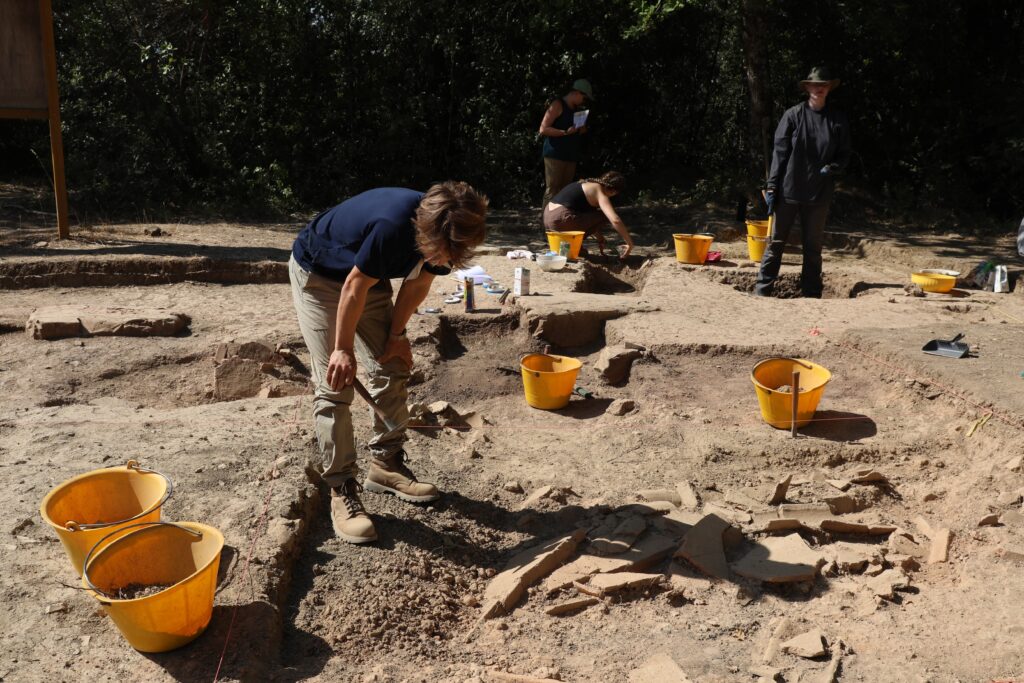
Essentials:
- Archaeological Brushes: For delicate cleaning around finds.
- Archaeological Sieve: To separate artifacts from soil.
- Plastic or Paper Bags & Labels: For collecting and documenting finds.
- Field Diary: For detailed notes.
- Total Station or Theodolite: High precision instruments for measuring angles and distances.
- Calipers: For precise measurements of artifacts.
- Drafting Tools: For drawing site plans and trench profiles.
- Archaeological Field Manual: Specific to the region or period being studied.
- Artifact Storage Containers: For safely storing and transporting finds.
Tips:
- Regular Cleaning: Clean tools daily to ensure longevity and accuracy.
- Go Digital when Possible: Use tablets with digital field recording apps. They can save time and ensure better data organization.
- Gentle Touch: Remember, academic digs often focus on delicate or detailed work. Ensure tools are handled with care to prevent damage.
Common archaeology Gear for Both CRM & Academic Archaeology:
- Personal Protective Equipment (PPE): Gloves, sun hats, sunglasses, and sunscreen.
- Field Bag: A sturdy field bag to carry tools, food, and personal items.
- First Aid Kit: Always be prepared for minor injuries.
- Waterproof Boots: To keep feet dry and protected.
- Appropriate Clothing: Consider the climate of the dig site. Breathable fabric is essential.
General Tips & Tricks:
- Be Adaptable: Field conditions can change rapidly. Always have gear for both rain and shine.
- Stay Organized: Label everything! It’ll make your life easier when documenting finds.
- Research the Site: Understand the historical and environmental context of the site. This can dictate the type of gear needed.
- Maintain Gear: Clean and check gear regularly. Proper maintenance can extend the life of your tools.
In conclusion, the world of archaeology requires precision, patience, and the right tools for the job.
Whether you’re venturing into the field for CRM or academic purposes, this checklist will ensure you’re well-prepared.
Happy excavating!
Check This Out
“Fun Fact: The trowel, a primary tool for archaeologists, is so vital that some professionals get theirs personalized or even tattooed on their body! While it’s a simple tool, in the hands of an archaeologist, it becomes an instrument of discovery, revealing secrets buried for millennia.”
Enjoyed this article? Discover more articles about archaeology gear by clicking the button below!

